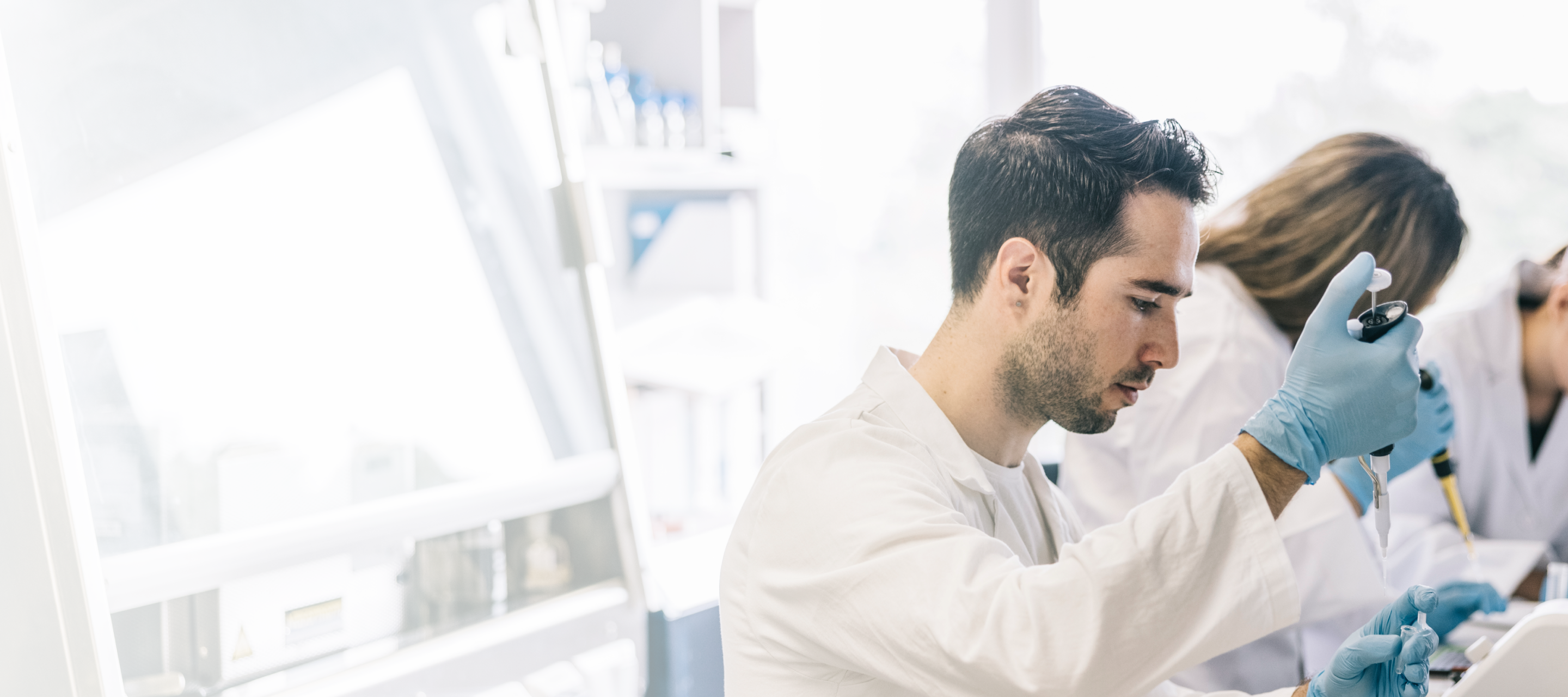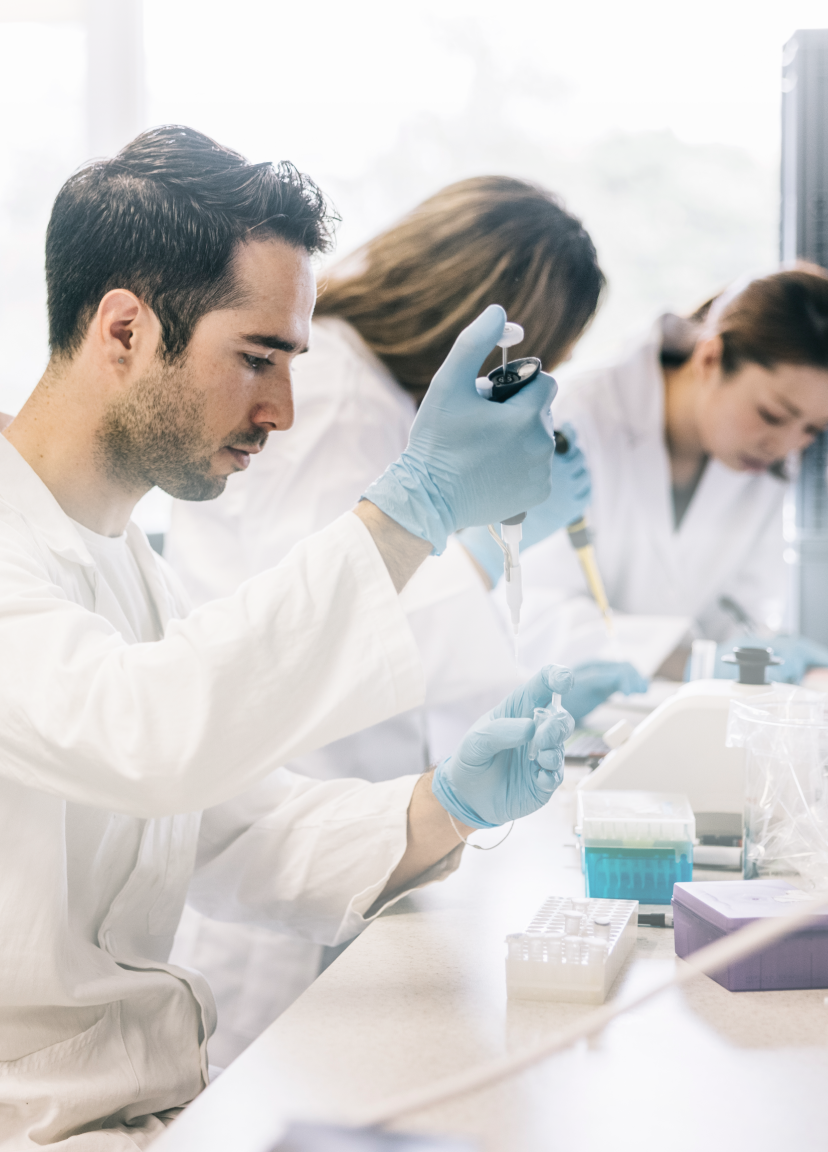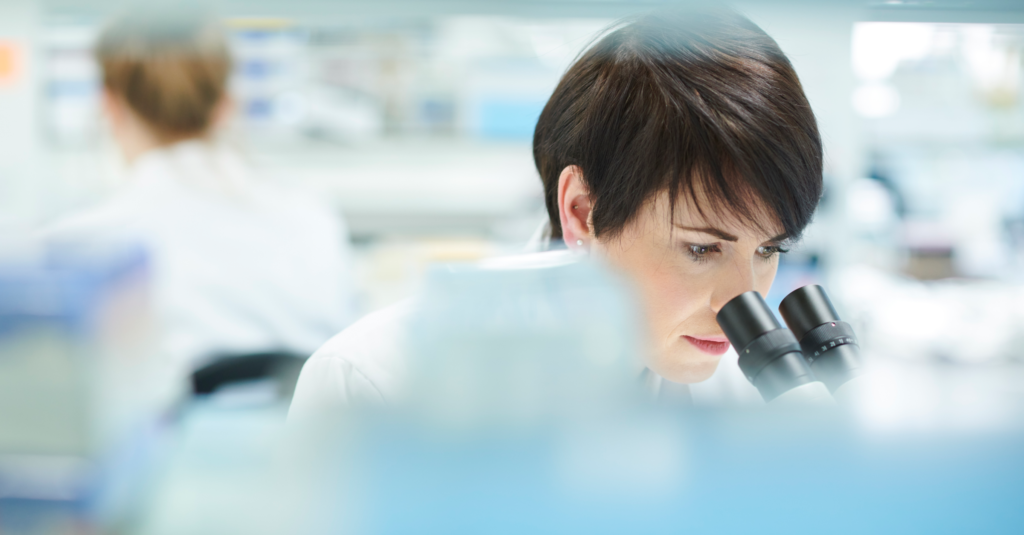

Common sources of error in biology lab experiments
We look at what causes errors in biology lab experiments and how lab automation can help reduce them
Errors are an unfortunate staple of laboratory life, including in biology lab experiments. Conducting experiments on biological materials can be unpredictable. Every researcher will grapple with errors to some extent, whether that be simply accounting for their presence in day to day experiments, or resenting their invalidation of a set of hard-won results.
These errors, whatever form they take, can prove to have significant consequences. It is estimated, for instance, that between 24% and 30% of laboratory errors influence patient care, and more seriously that patient harm occurs in between 3% and 12% of cases. There is also a financial dynamic, with the lost productivity and wasted resources amounting to an approximate cost of $180,000 per year in the pre and post analytical stages for laboratories in the US.
What causes errors in the lab?
In general, errors in a laboratory environment can be divided into two main groups. The first of these is systematic errors, referring to faults or flaws in the experiment design or procedure, which shift all measurements and thereby reduces the overall accuracy of an experiment. Examples here could include faulty measurement equipment, inadequate sensitivity of instruments, or calibration errors, which have the result of meaning an experiment becomes ‘biased’.
The second of these groups are random errors, which are caused by unknown and unpredictable changes in a measurement. Errors of this type impact the precision of an experiment, which in turn reduces the reproducibility of a result. There are a wide array of sources of random errors, with some examples including an experiment’s environment changing as a result of measurement, experimenter fatigue or inexperience, and even intrinsic variability.
How can you reduce the impact of errors in the lab?
Fortunately, steps can be taken to reduce the impact and occurrence of errors. When it comes to systematic errors, the main means of doing this is ensuring that experiments are carefully designed, and steps are followed attentively. Laboratories could also reduce these errors by maintaining equipment to a high standard, and ensuring staff are trained properly in its use.
Random errors are slightly harder to reduce due to their unpredictable nature, but steps can be made to reduce their impact. Most important here is ensuring the use of a large sample size and taking multiple measurements, which will ensure that random errors which occur for any reason will have only a limited bearing on the overall experiment results. On the human side, proper training is again relevant here, as is ensuring that staff take sufficient breaks.
However, using these traditional means of error reduction can only do so much, and errors continue to frustrate researchers. Given the raft of technological innovation in the laboratory space, this is a shame, particularly when it comes to such basic issues as incorrect equipment reading.

What is the solution?
One potential solution is the use of total lab automation. In practice, this would mean linking together several workstations and automating entire workflows. Automata Labs for instance links together a series of modular pods which house a robotic arm along with tried-and-tested lab equipment, and links seamlessly into broader laboratory processes.
The uses of such automation are broad, and clinical laboratory automation for instance can help produce faster and more reliable results in areas such as diagnostic and drug discovery protocols, amongst a raft of other uses.
In terms of error reduction, automation allows for taking over the bulk of many manual activities, including specimens sorting, loading, centrifugation, decapping, aliquoting, and sealing, massively reducing the risks of error in the manually-intensive pre-analytical phase. Since studies suggest that up to 70% of errors occur during this stage, this offers a hugely significant positive impact, a fact confirmed by recent polling conducted by Automata which found that 85% of lab managers associate automation with error reduction.
In the longer-term too, reducing the need for scientists to perform such manual tasks can offer a raft of positive benefits. For instance, on the health side, issues such as eye strain from tasks such as cell counting and even carpal tunnel syndrome from repeated manipulations are mitigated to a major extent.
What do lab managers think about automation’s potential to reduce human error?
Looking more broadly, scientists working in laboratories are also simply given more time. Freeing them from mundane and manual tasks allows scientists to focus on much more high-value and intellectually demanding tasks, which permit greater creativity.
Automata recently conducted research looking at the benefits of Automation in the lab. 78% of lab managers in Automata’s recent polling emphasised the importance of this creativity angle to them, with automation correspondingly offering opportunities to improve laboratory staff productivity and morale.
But, crucially, Lab managers feel their sector is operating under significant strain. Many citied time pressures and the ability to meet current demand as key issues. Error not only compounds these problems, but human error was also specifically identified by 65% of respondents as having an impact on their work.
However, our research also identified automation is a solution. The majority of lab managers feel that full-workflow automation would have a positive impact on their day-to-day work, for example in improving capacity (93%) and turnaround time (90%). Indeed, full workflow automation was also felt to have a positive impact on human error (85%), lab safety (80%) and patient outcomes (68%).
What is laboratory workflow automation?
Laboratory workflow automation solutions link multiple processes and workflows in order to automate entire assays in diagnostic testing. In the clinical lab, laboratory workflow automation normally encompasses both lab automation hardware and software to form an integrated system that charts the end-to-end progress of a sample. This solution will automate the processes of pre-analytics, analytics and post-analytics.
A laboratory workflow automation solution in diagnostic testing may process, test and store specimens autonomously, with minimal human intervention.
With the laboratory workflow automation of diagnostics processes, human error is removed and the quality of lab results is significantly improved. You can find out more about our full integrated laboratory automation platform here.

Enhance Lab Automation with Reliable Error Handling
Find out how automation with built-in error recovery keeps your experiments on track and your data accurate.
